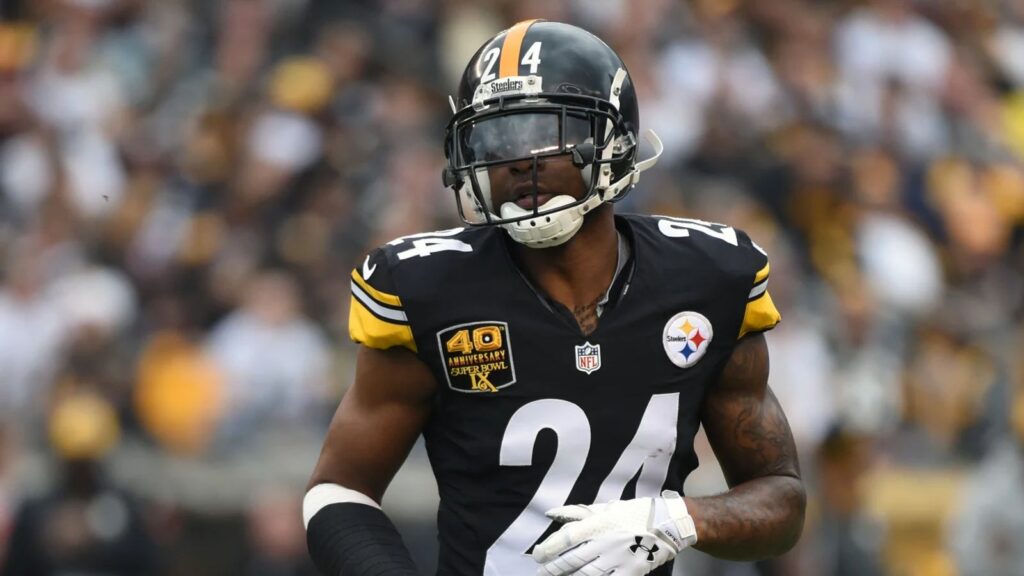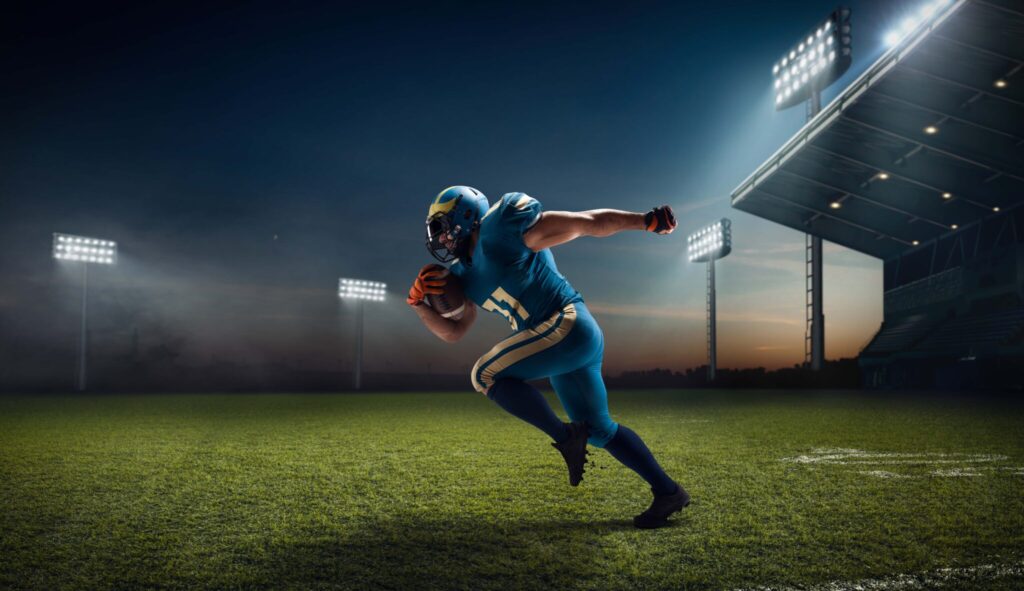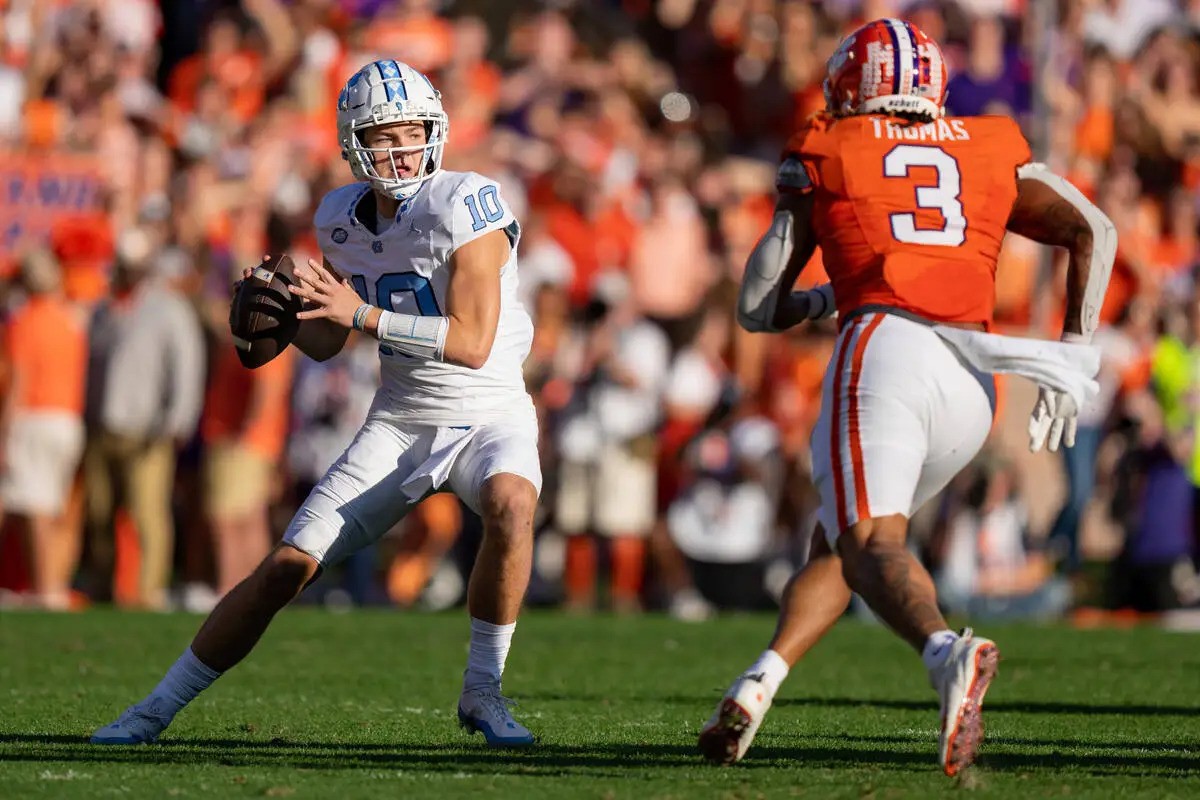In the intricate realm of sports, the drafting process serves as a pivotal moment that shapes the future of teams. Every year, substantial resources are invested in identifying and selecting promising talent, with the ultimate goal of elevating team performance. However, not every draft pick leads to triumph. Unsuccessful selections can have profound consequences for both teams and players, echoing the need for a comprehensive understanding of the factors contributing to such outcomes.
Factors Contributing to Unsuccessful Draft Picks
Unveiling the reasons behind unsuccessful draft picks requires dissecting the complex puzzle that is the drafting process. One prominent factor is the lack of thorough scouting and evaluation. Teams, at times, may overlook critical aspects of a player’s skill set or character traits, resulting in a mismatch between the player and the team’s needs.
Another puzzle piece is the tendency to prioritize potential over proven performance. While raw talent is enticing, its translation into success at the professional level is far from guaranteed. Striking a balance between assessing potential and proven on-field performance becomes essential in navigating this puzzle.
Additionally, the failure to consider the cultural fit between a player and a team can lead to disappointing draft outcomes. Even if a player possesses the necessary skills, a clash with the team’s culture or playing style may hinder their potential.
Case Studies of unsuccessful draft pick
Examining case studies across various sports leagues sheds light on the ripple effect of unsuccessful draft picks. In the NBA, high-profile prospects like Anthony Bennett and Darko Milicic failed to meet expectations. Similarly, in the NFL, quarterbacks JaMarcus Russell and Ryan Leaf faced challenges in realizing their potential.
These case studies reveal common threads such as injuries, lack of work ethic, and poor decision-making, highlighting the intricate nature of the draft pick puzzle. Despite their potential, these players struggled to adapt to the professional demands of their respective sports.

The Ripple Effect
The consequences of unsuccessful draft picks extend beyond individual players to impact entire teams and organizations. On-field struggles can lead to fan frustration, stakeholder concerns, and increased pressure on coaching staff and management to implement changes.
Financially, investing in unsuccessful draft picks can prove costly, with significant resources tied up in signing bonuses or guaranteed contracts. The long-term repercussions may hinder a team’s ability to attract free agents or secure sponsorship deals, further complicating the puzzle.
Learning from Mistakes
Acknowledging the risks, teams can take steps to mitigate the likelihood of unsuccessful draft picks. Enhancing scouting processes and leveraging advanced analytics can provide comprehensive insights into a player’s potential and suitability for the team.
Teams must also prioritize character evaluation alongside on-field performance, recognizing the significance of work ethic, coachability, and attitude. Learning from past mistakes is crucial, and teams should adapt their drafting approaches by analyzing previous failures and implementing changes to scouting and evaluation processes.
Conclusion
Unsuccessful draft pick present a formidable challenge for sports teams. From financial implications to on-field performance, the fallout from these picks is far-reaching. However, by decoding the complexities of the draft pick puzzle and learning from past mistakes, teams can minimize risks and maximize their chances of success in the future.

FAQs
- How common are unsuccessful draft pick in professional sports?Unsuccessful draft pick are relatively common in professional sports, as teams grapple with accurately assessing a player’s potential and fit within their organization.
- What role does scouting play in the drafting process?Scouting is critical in identifying and evaluating potential draft prospects, offering valuable insights into a player’s skill set, character, and potential for success at the professional level.
- What are some warning signs that a draft pick may not pan out?Warning signs of a potentially unsuccessful draft pick include injury concerns, character issues, and a lack of consistent on-field performance during college or amateur competitions.
- How do unsuccessful draft pick impact team morale?Unsuccessful draft pick can negatively impact team morale by undermining confidence in the organization’s decision-making process and creating tension within the locker room.
- What can teams do to improve their drafting success rate?Teams can enhance their drafting success rate by investing in thorough scouting and evaluation processes, prioritizing character assessment alongside on-field performance, and learning from past mistakes to refine their approach to drafting.























+ There are no comments
Add yours